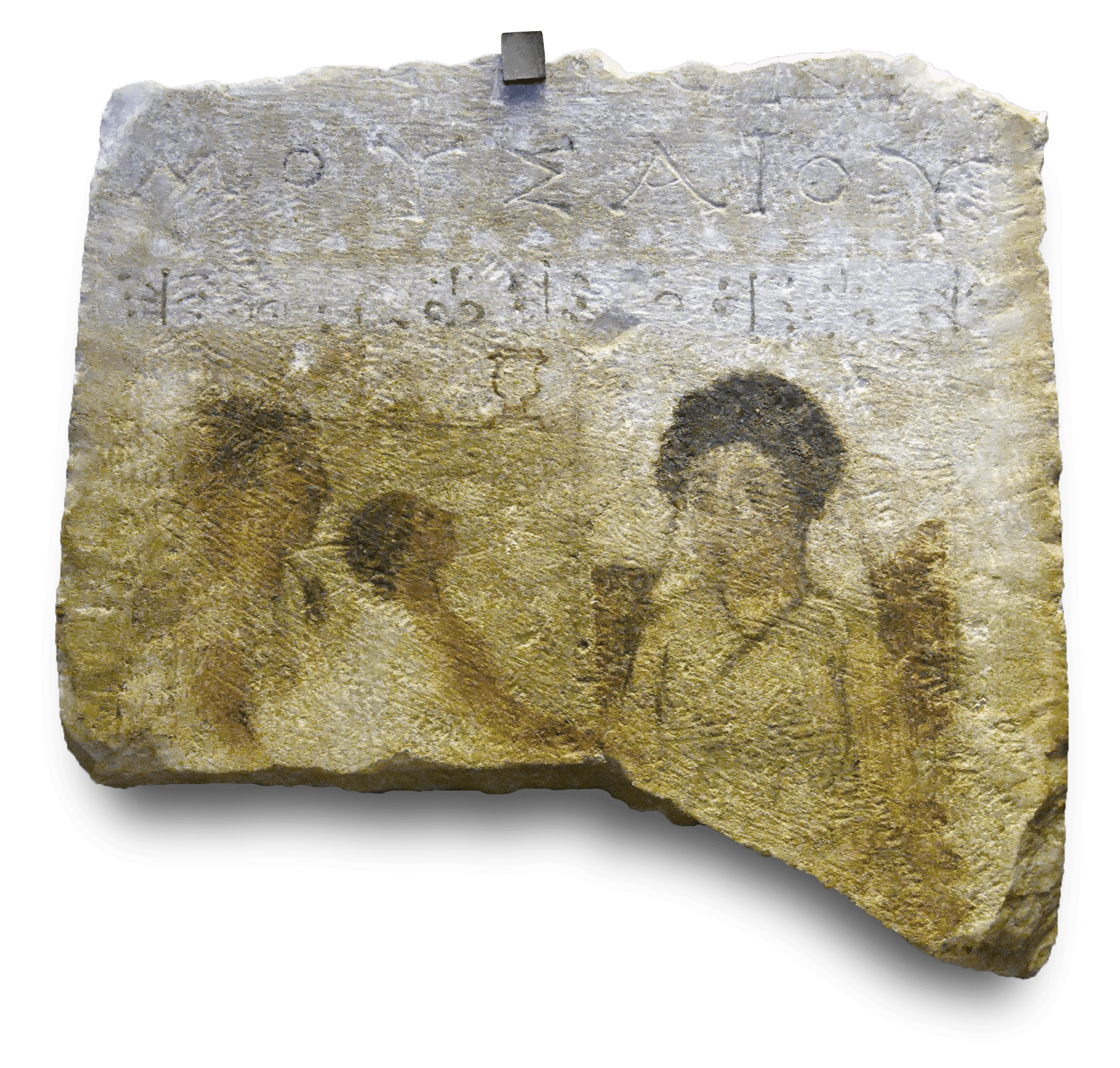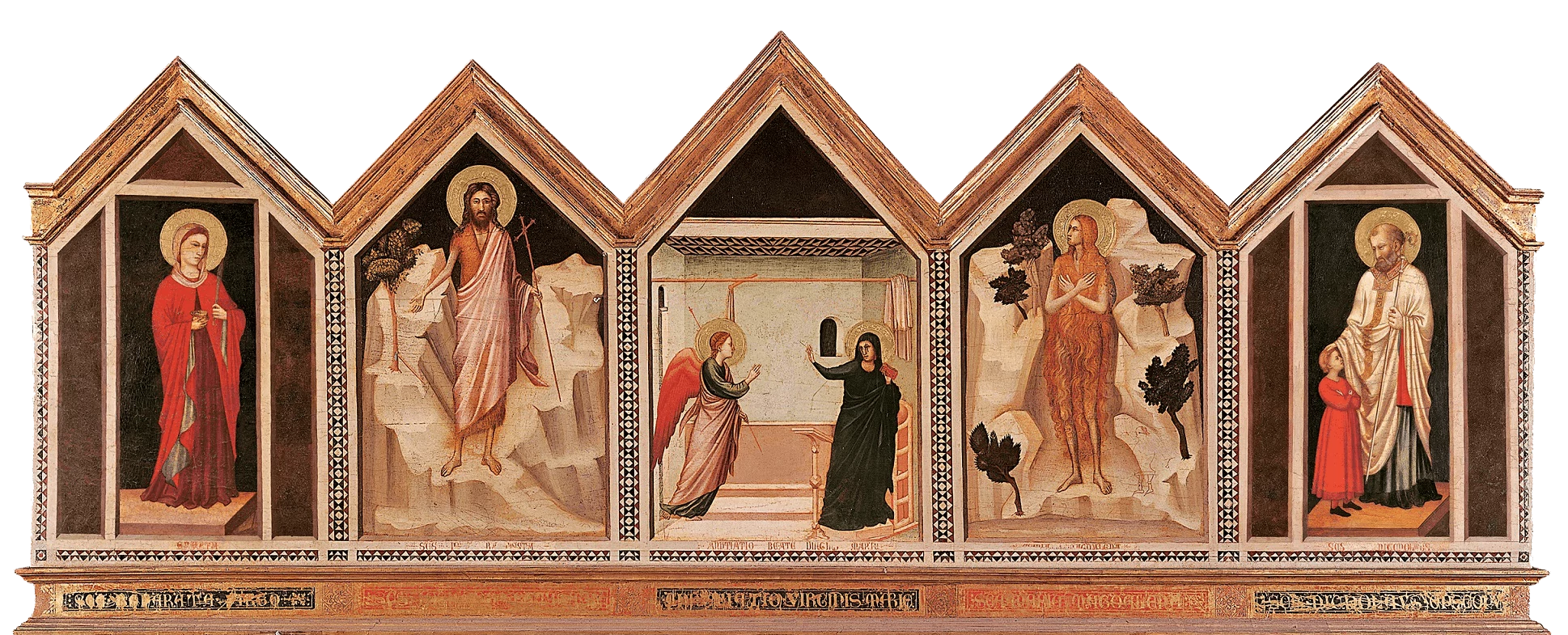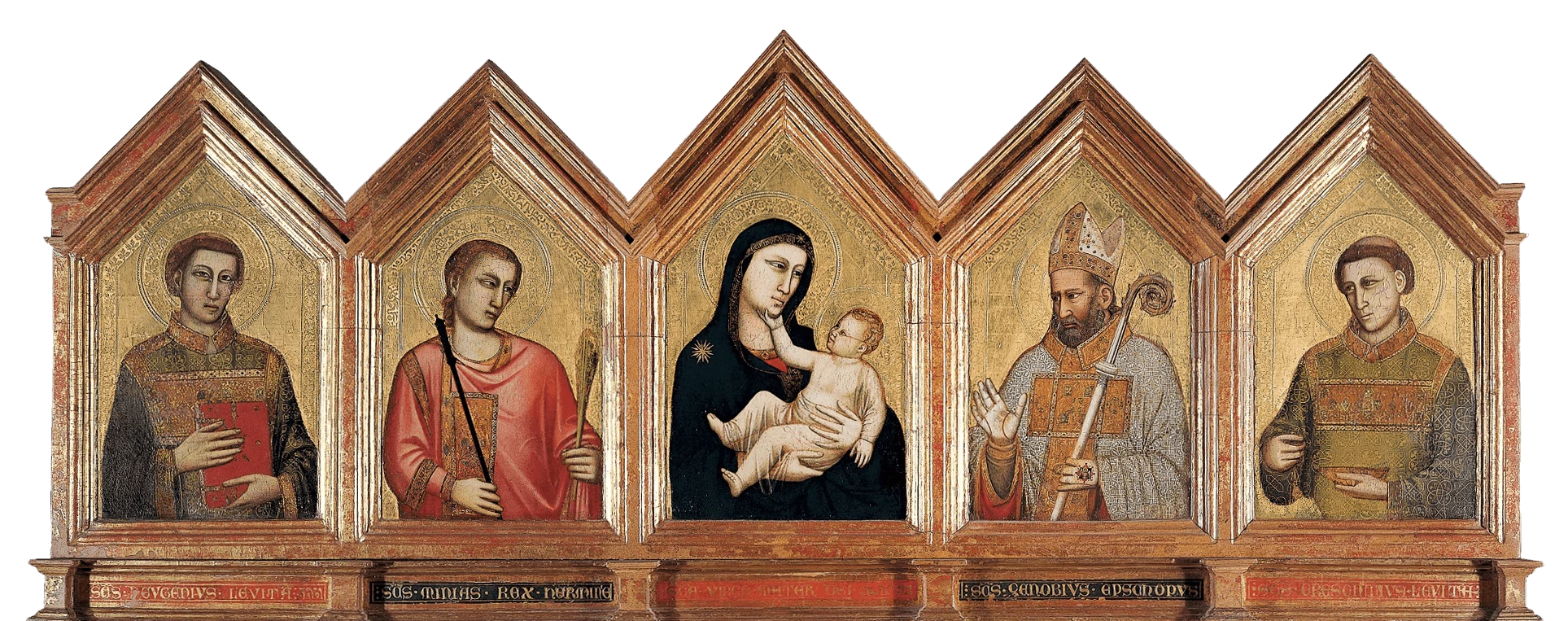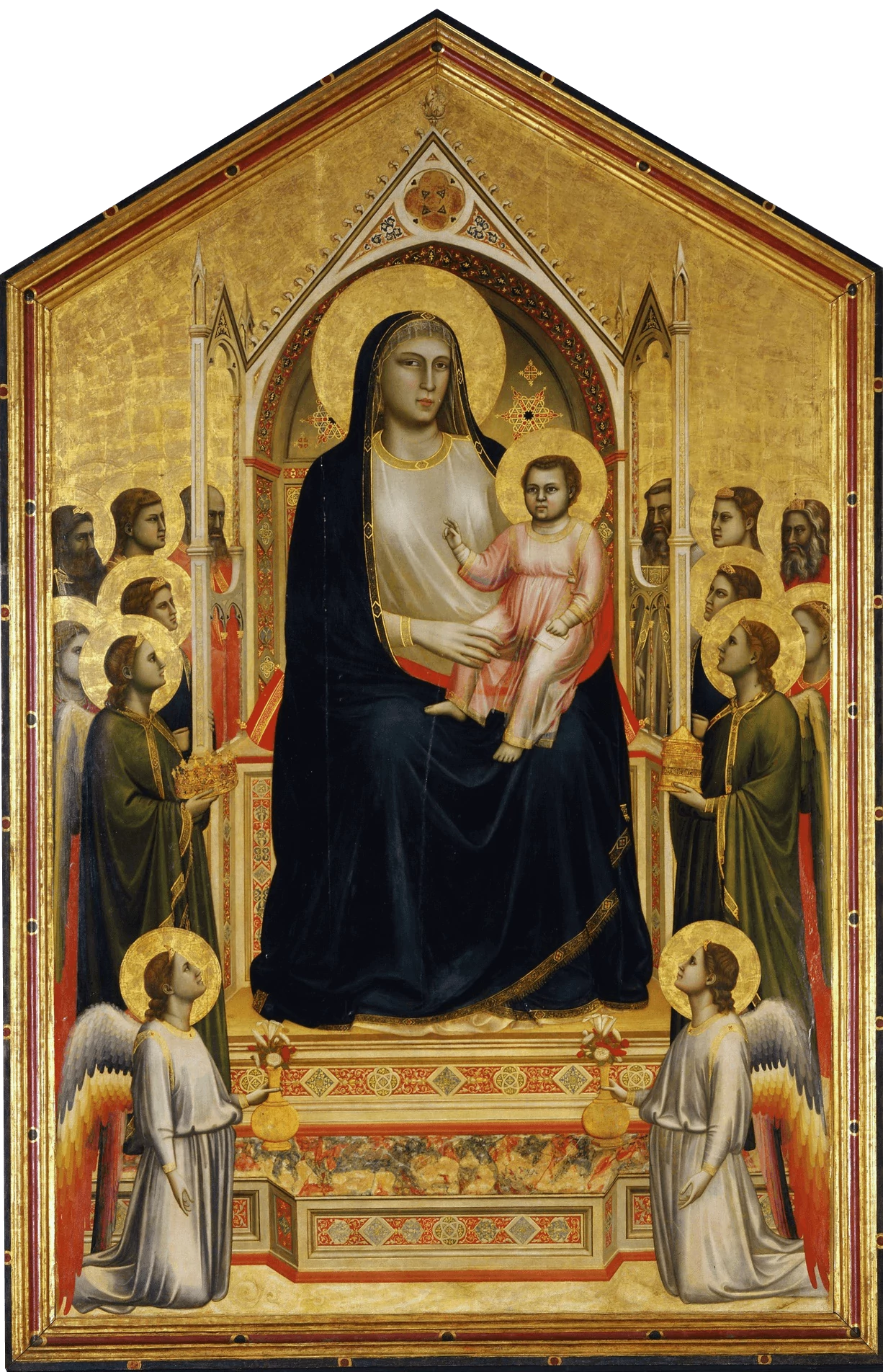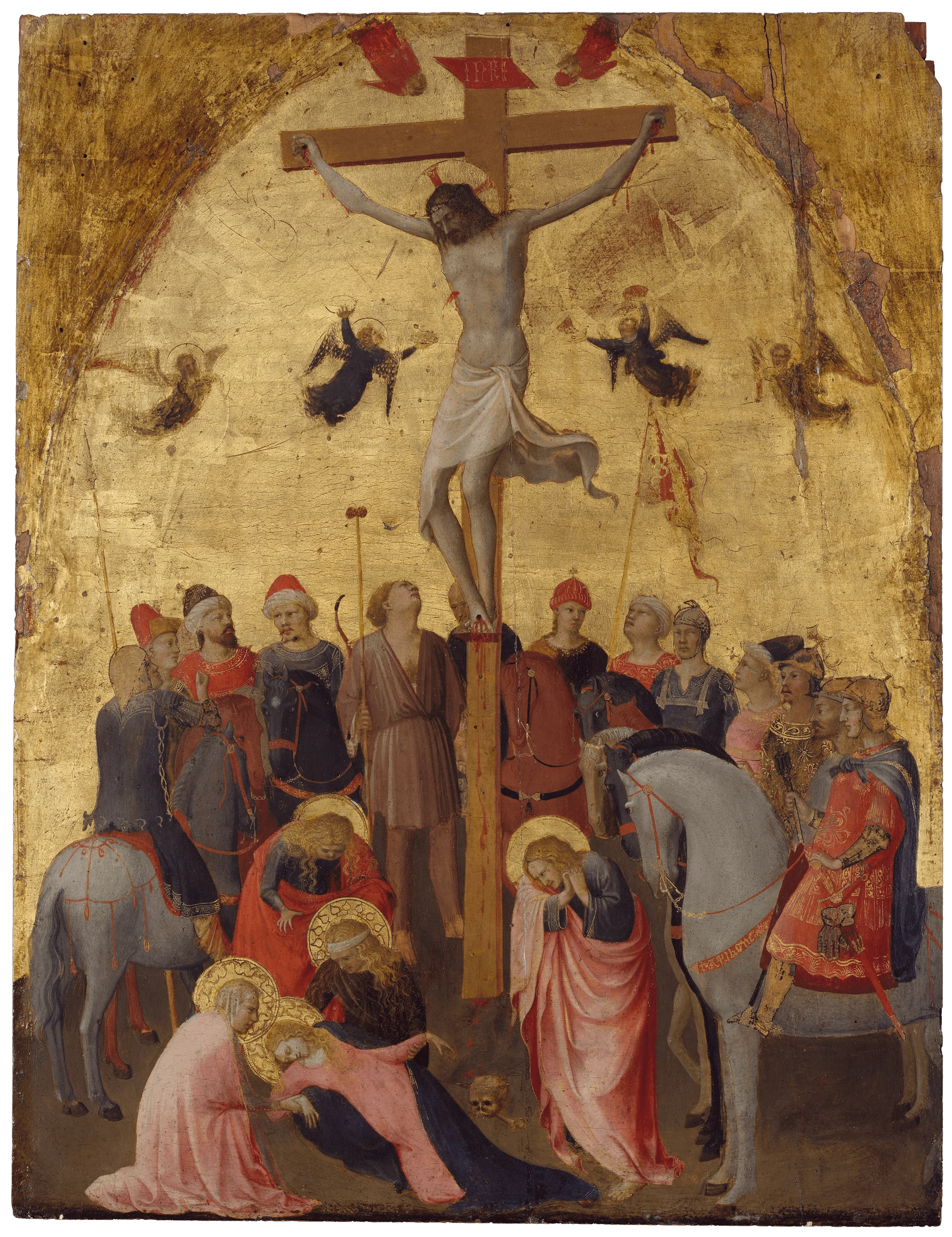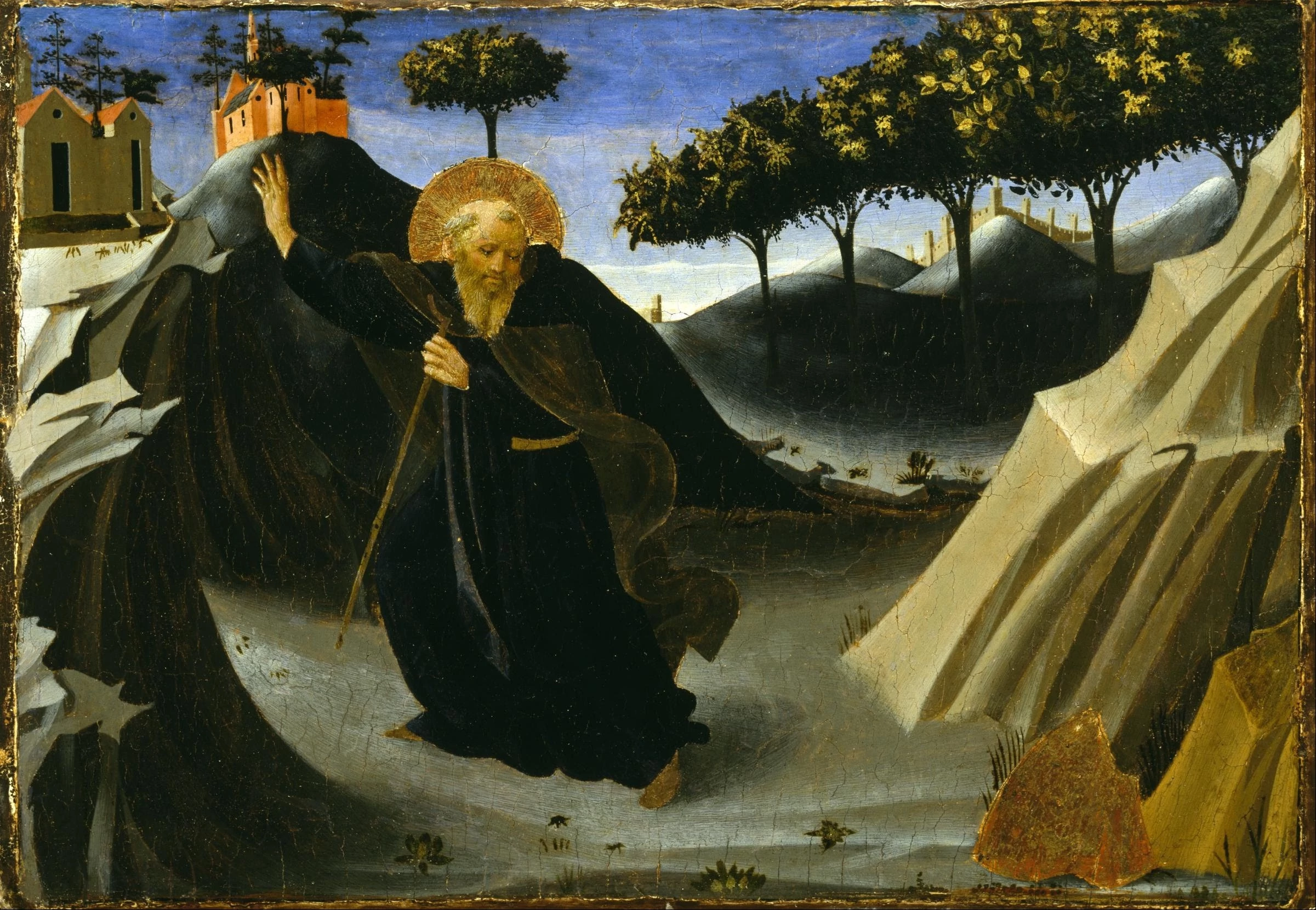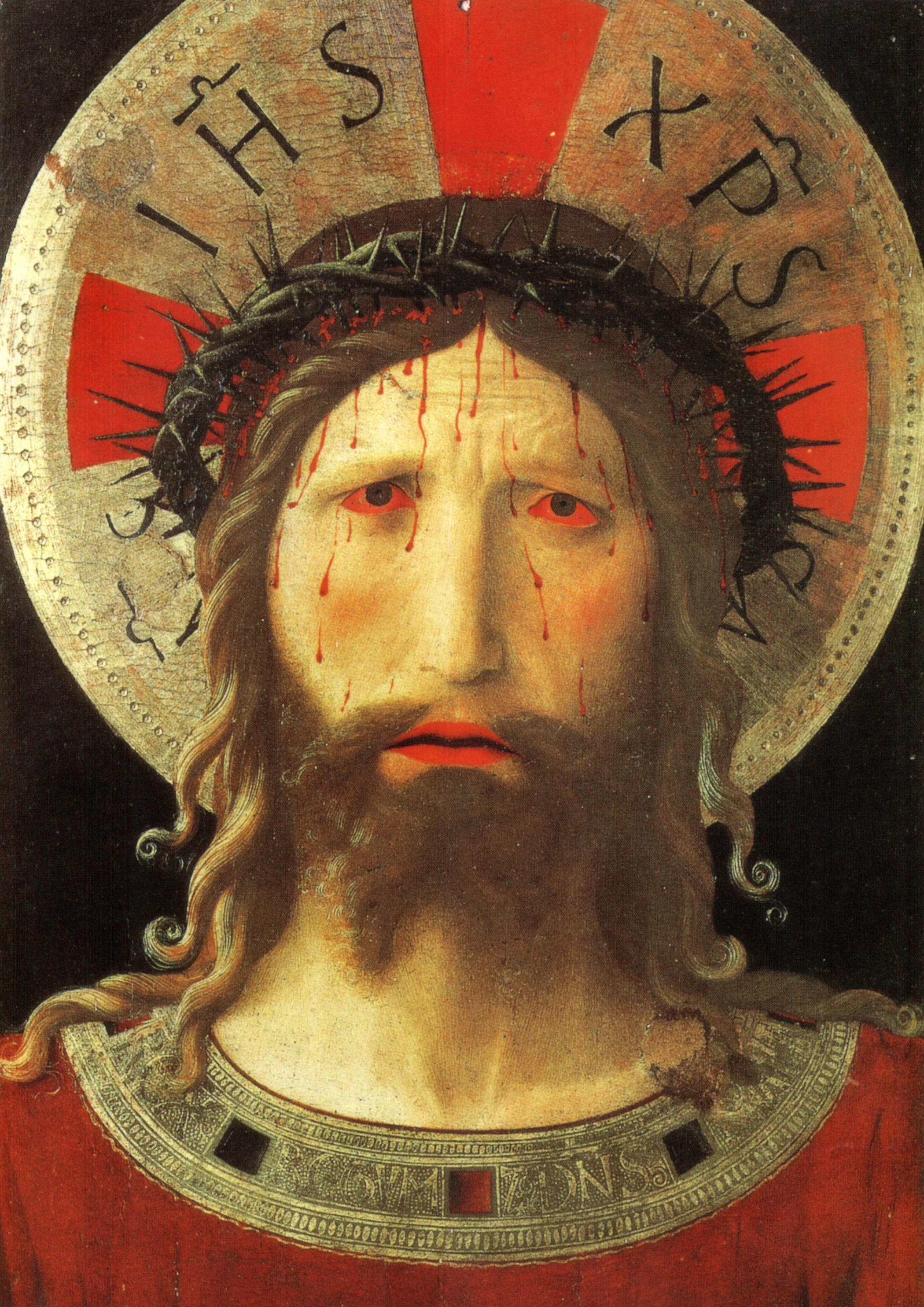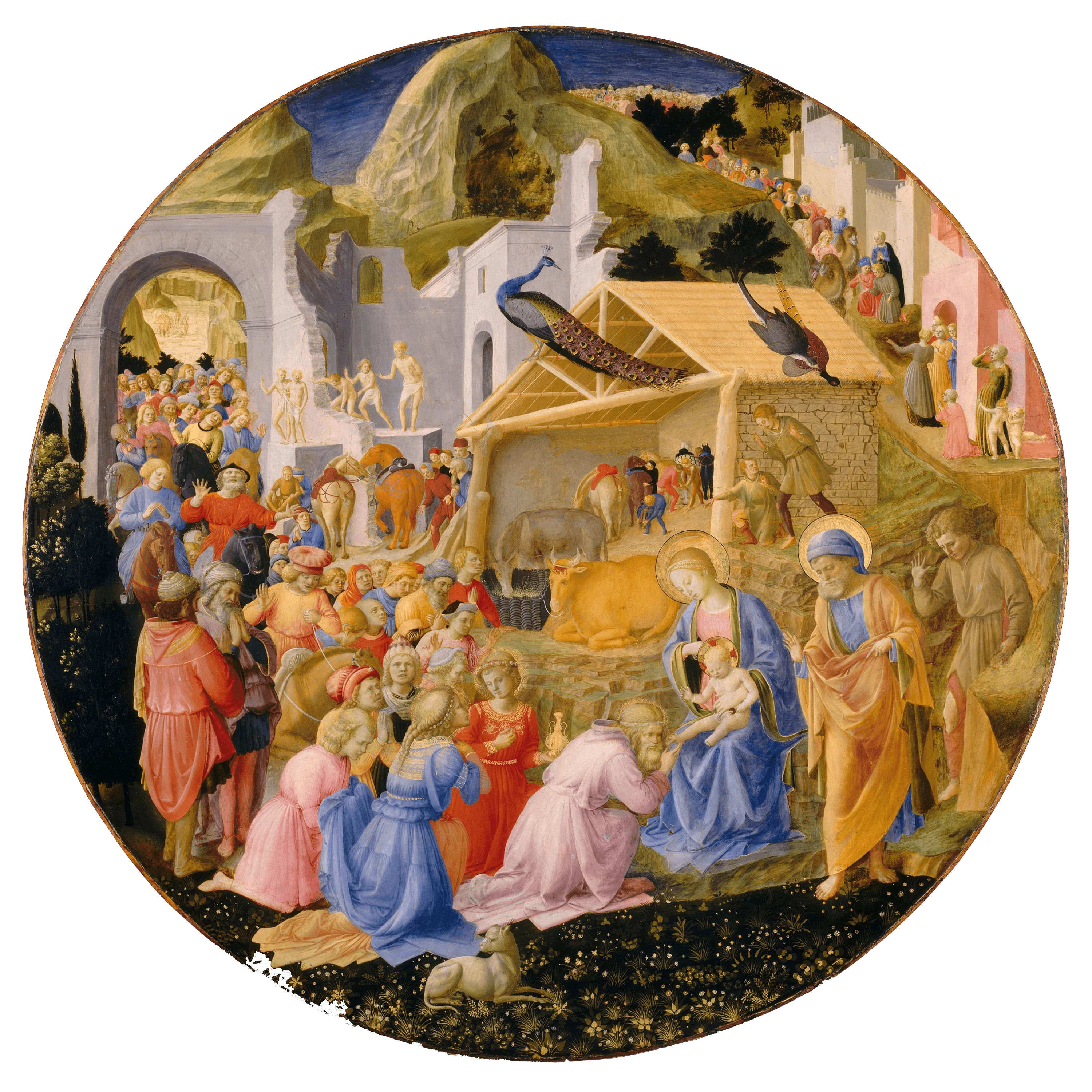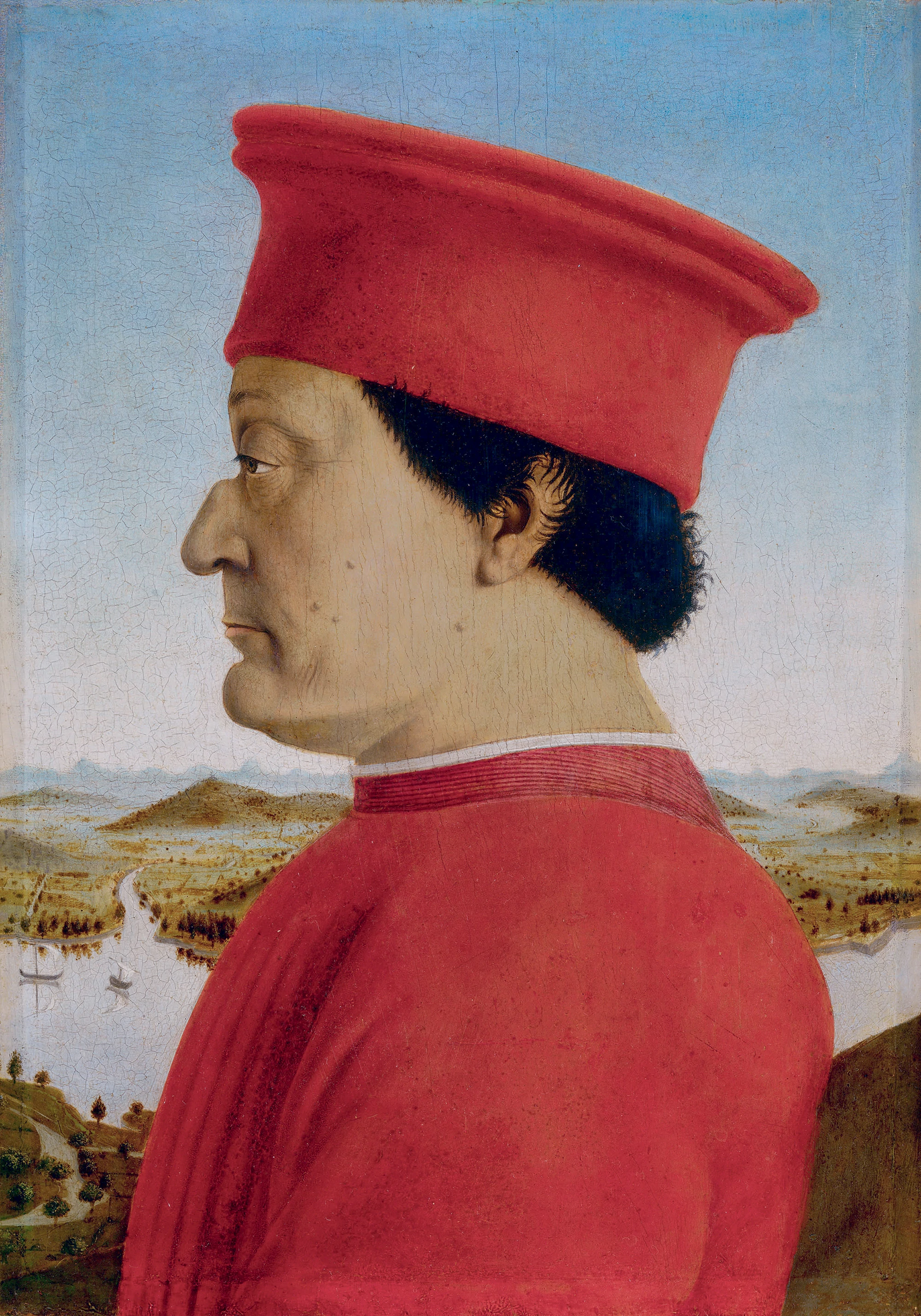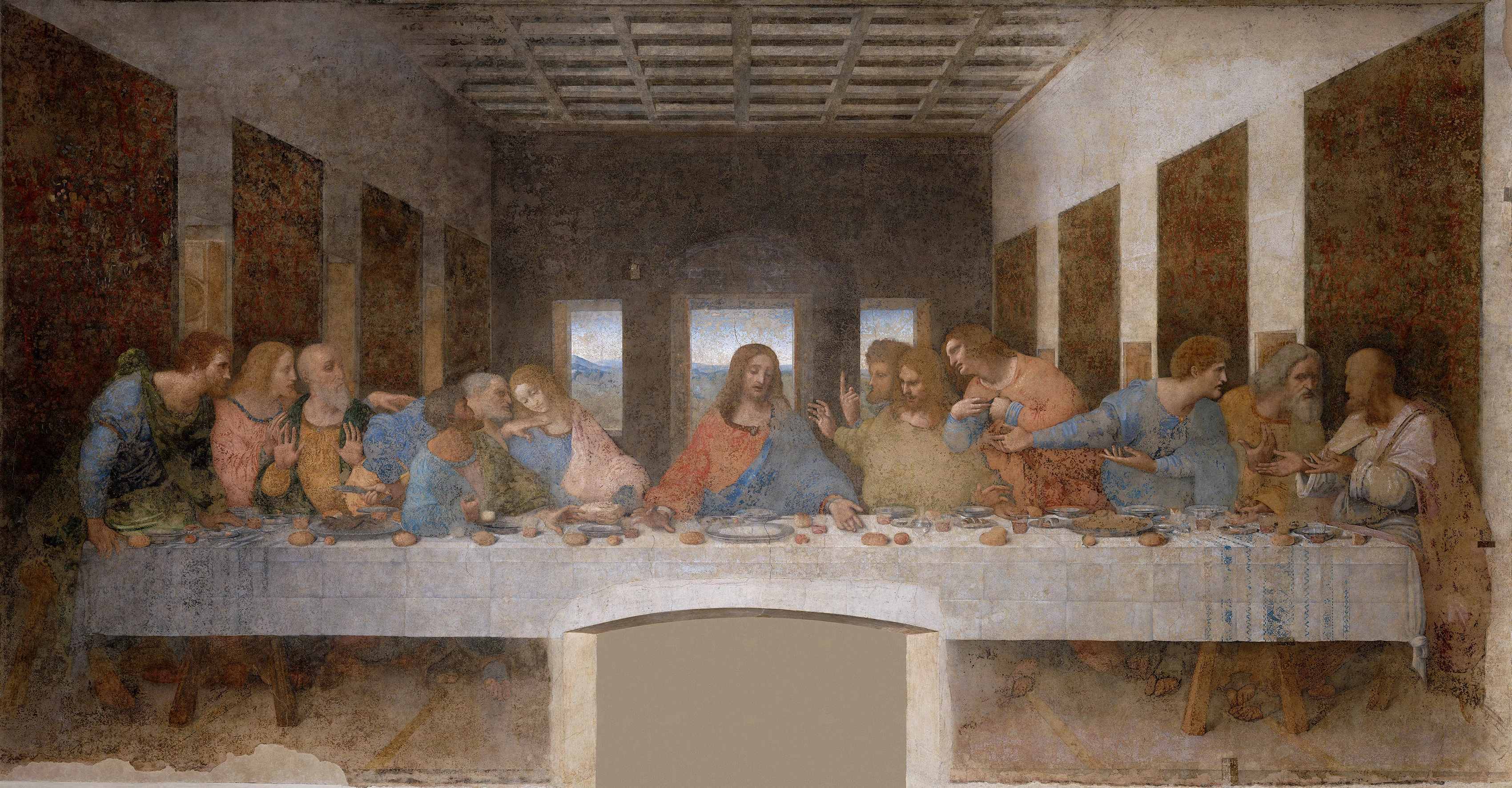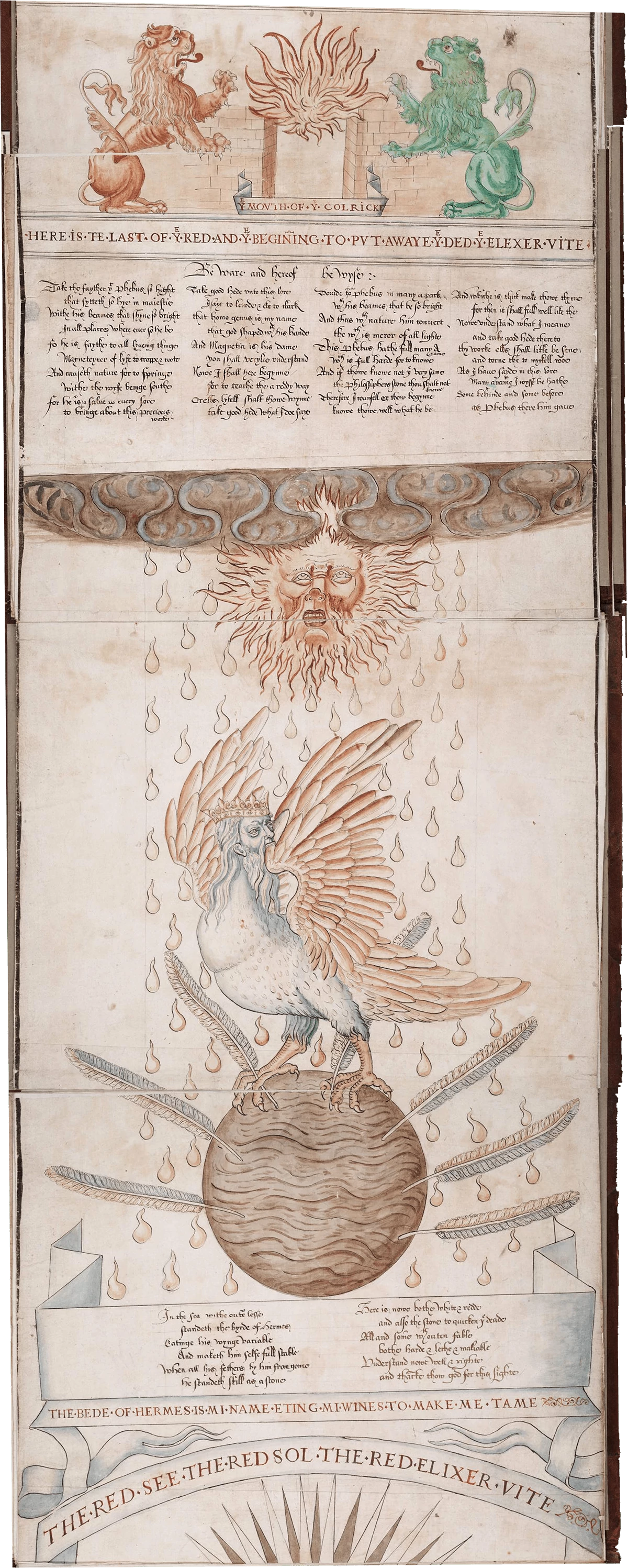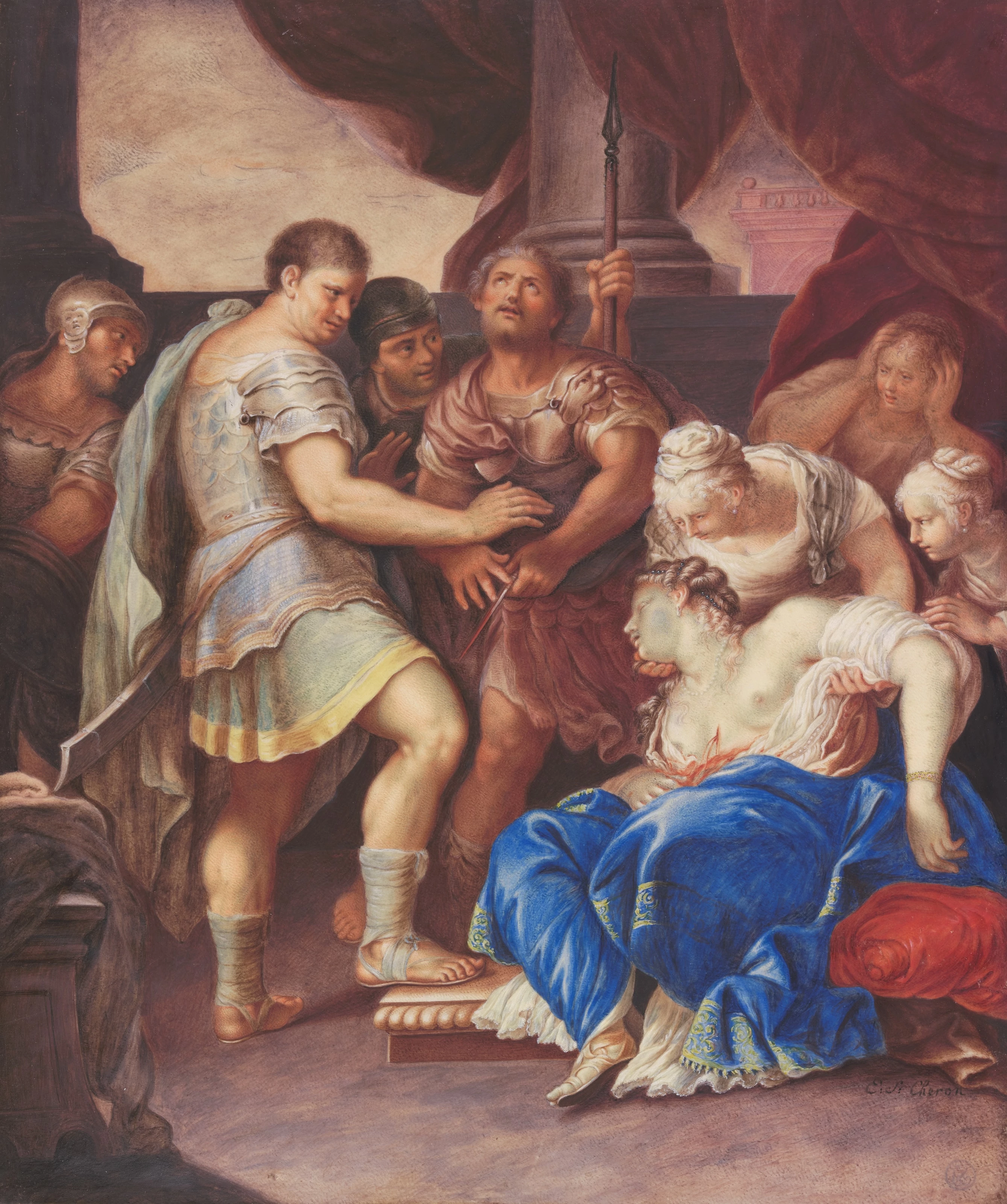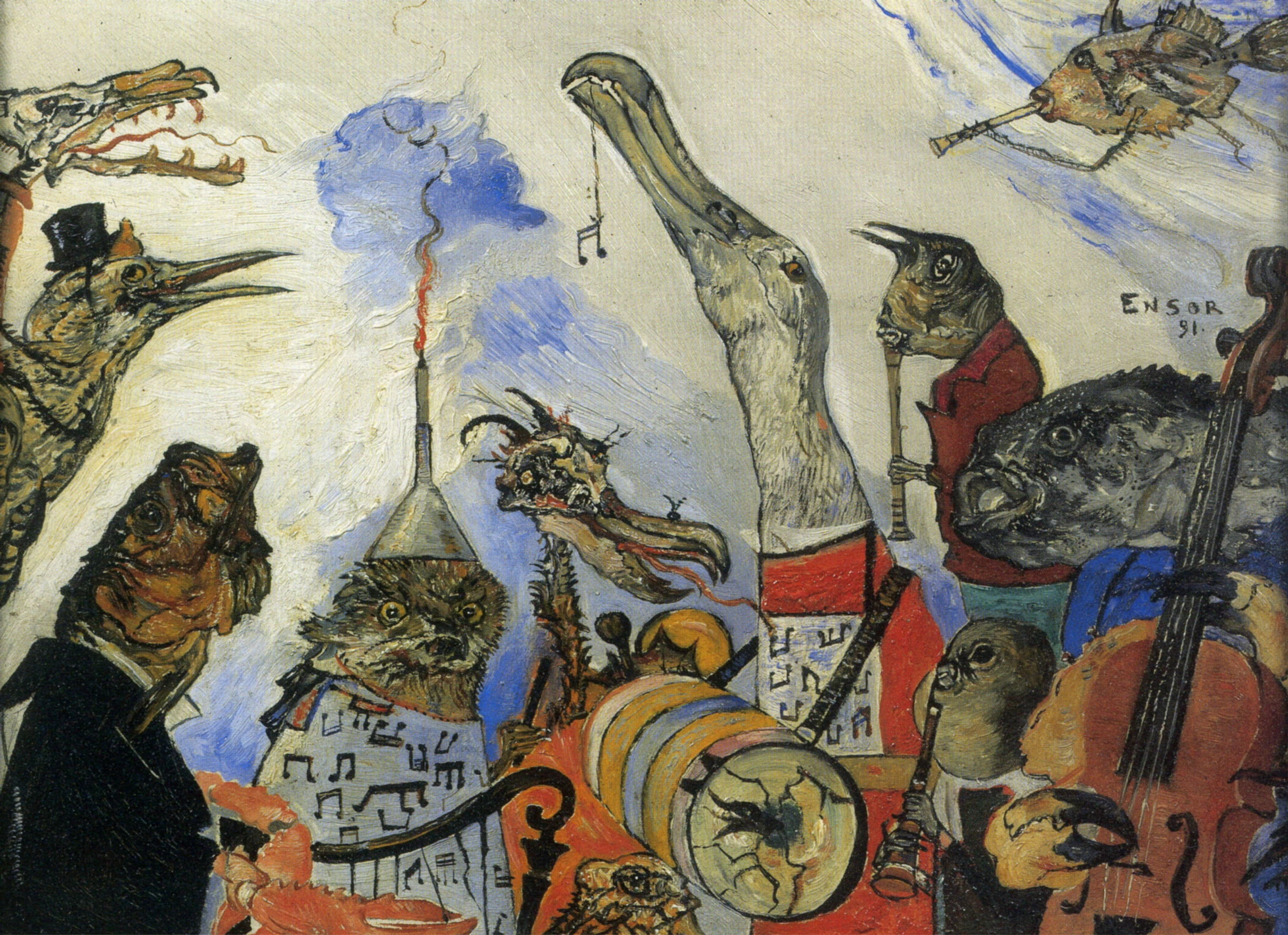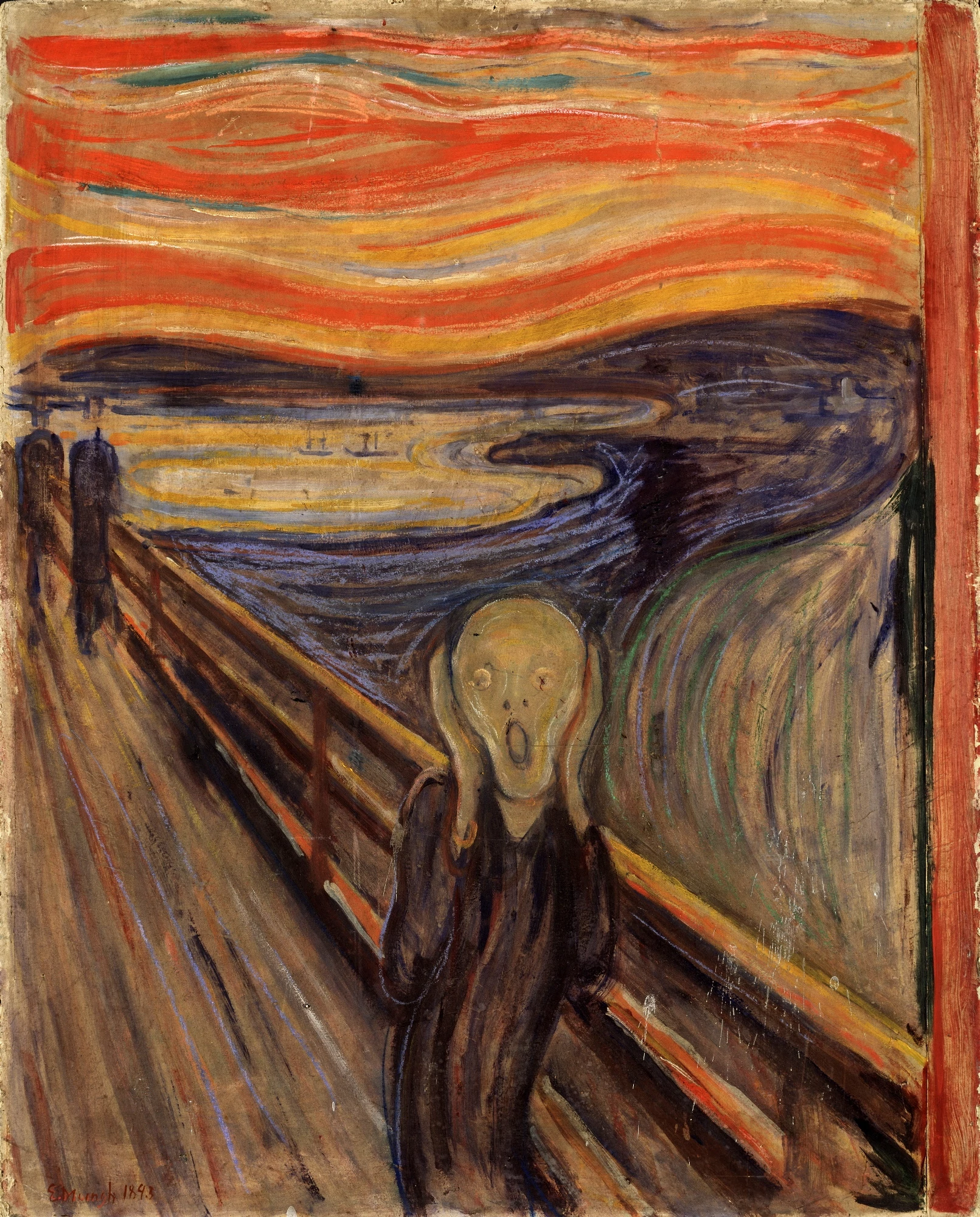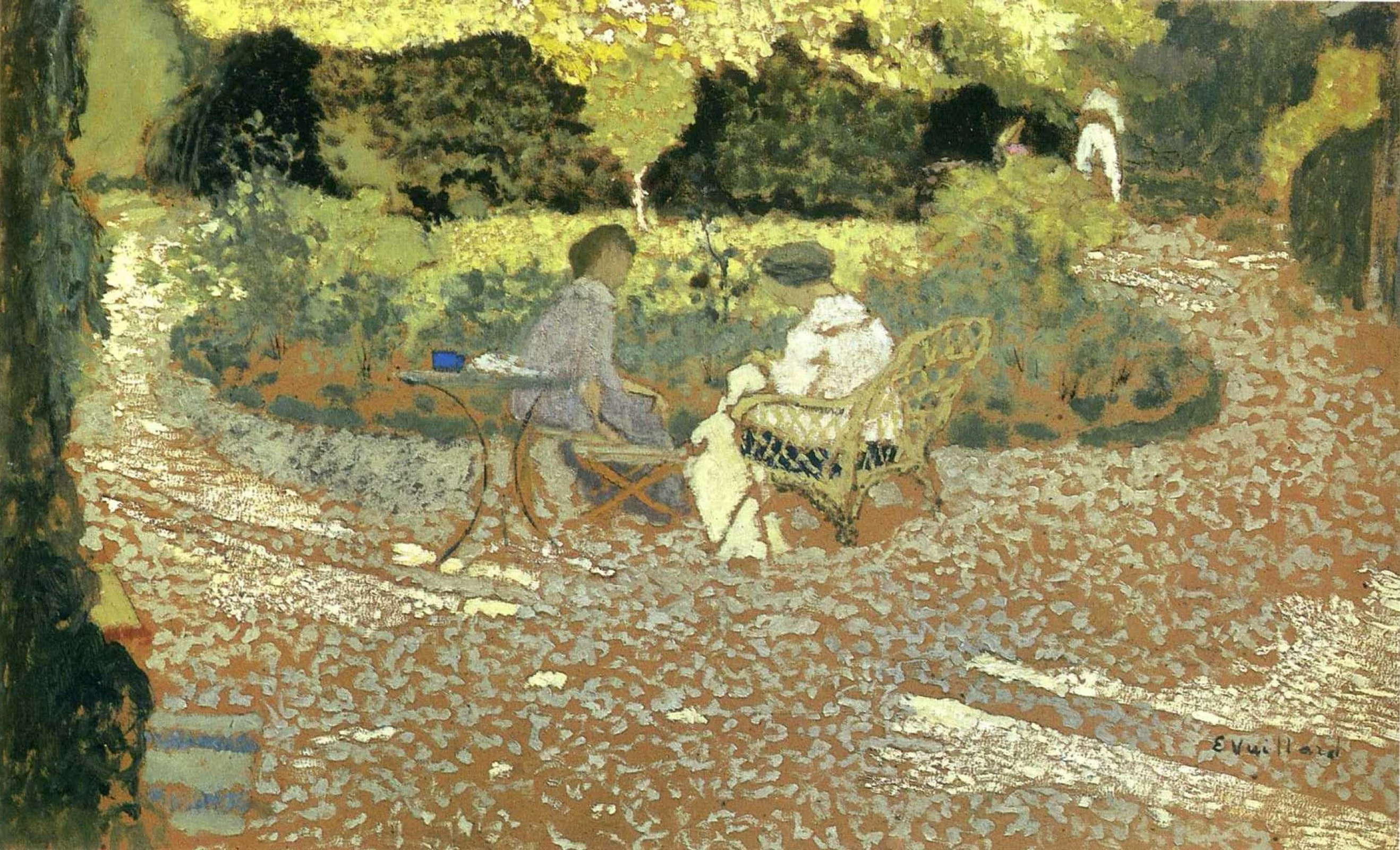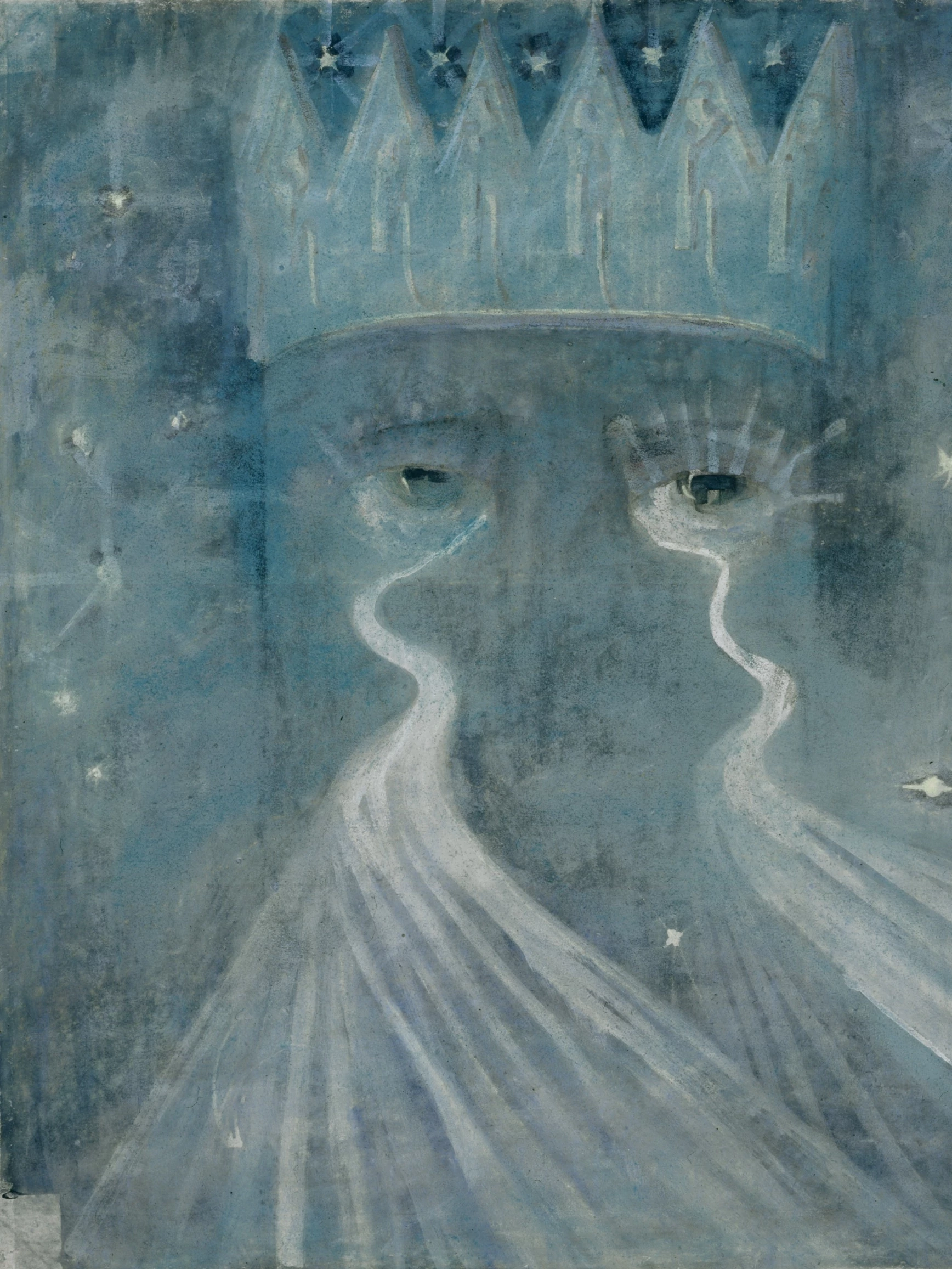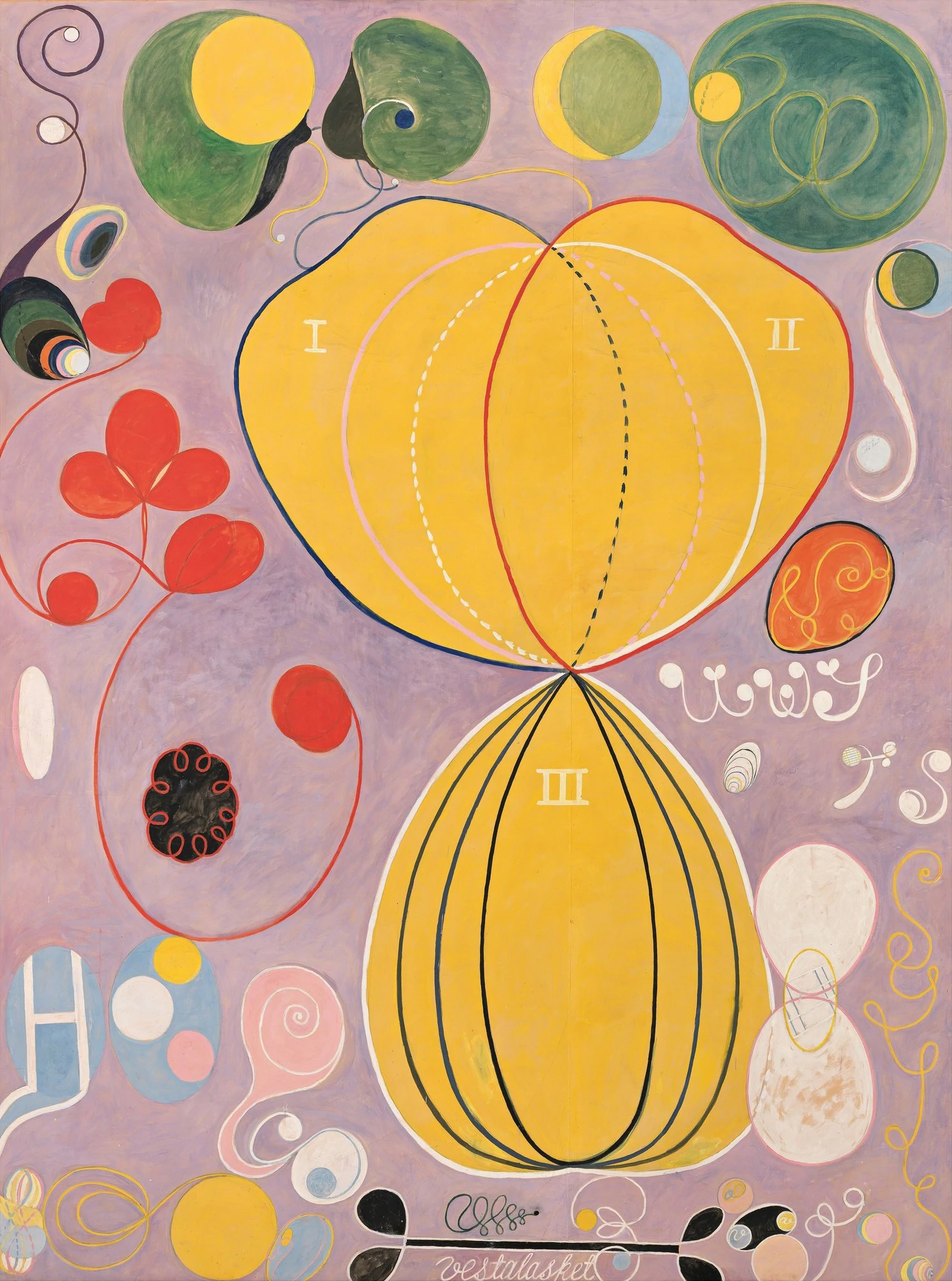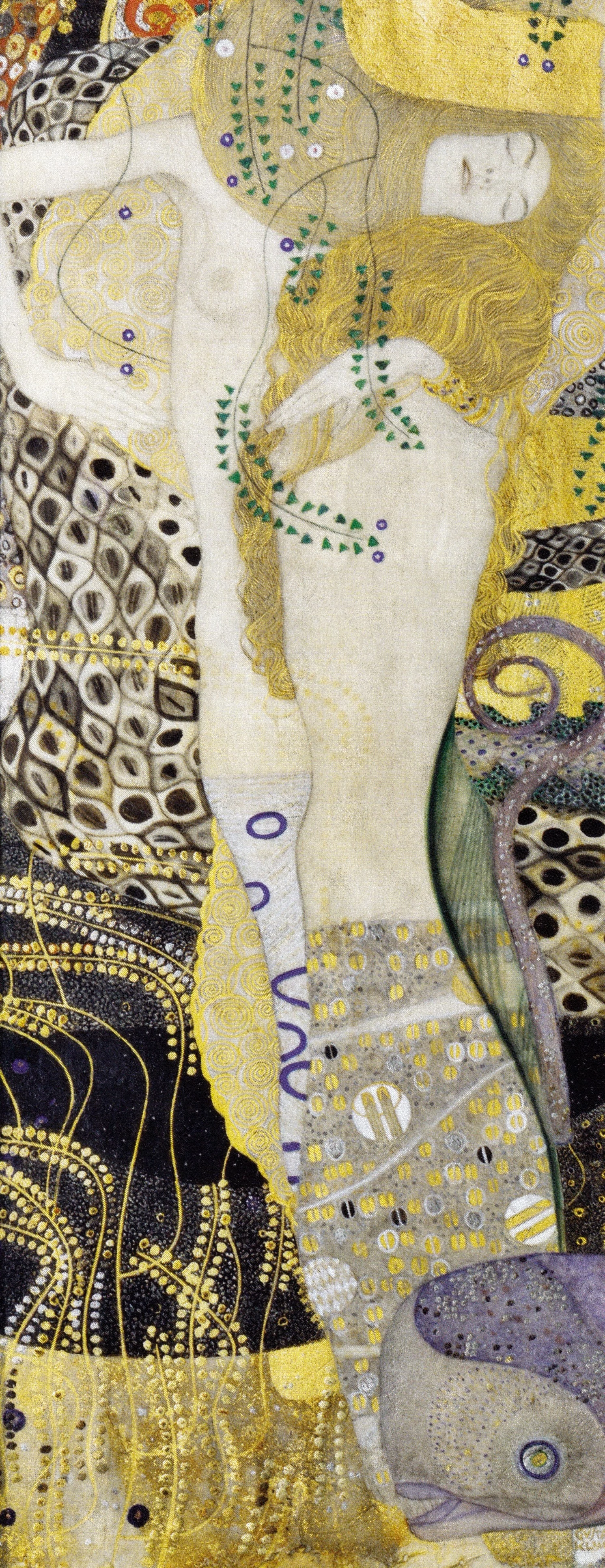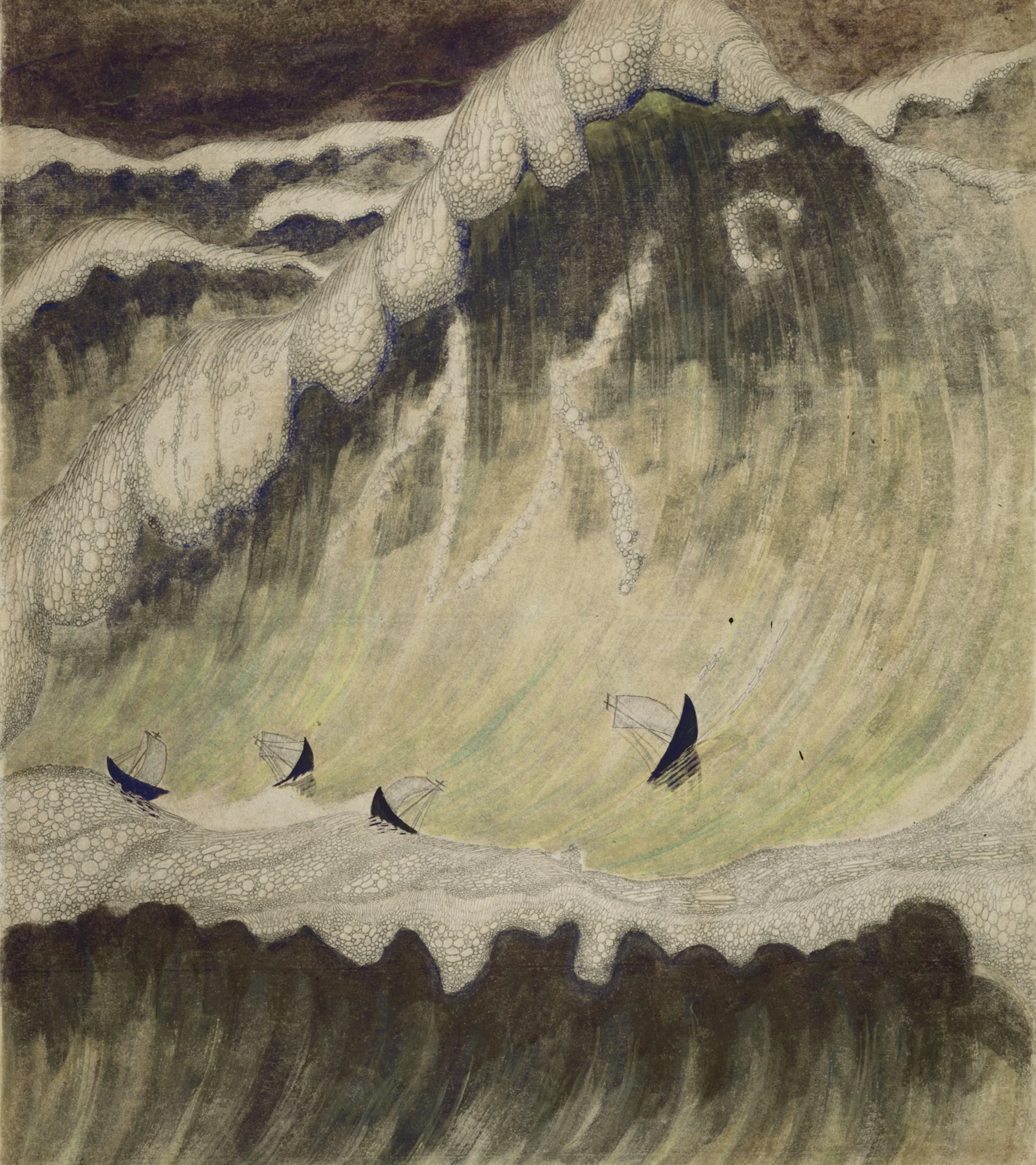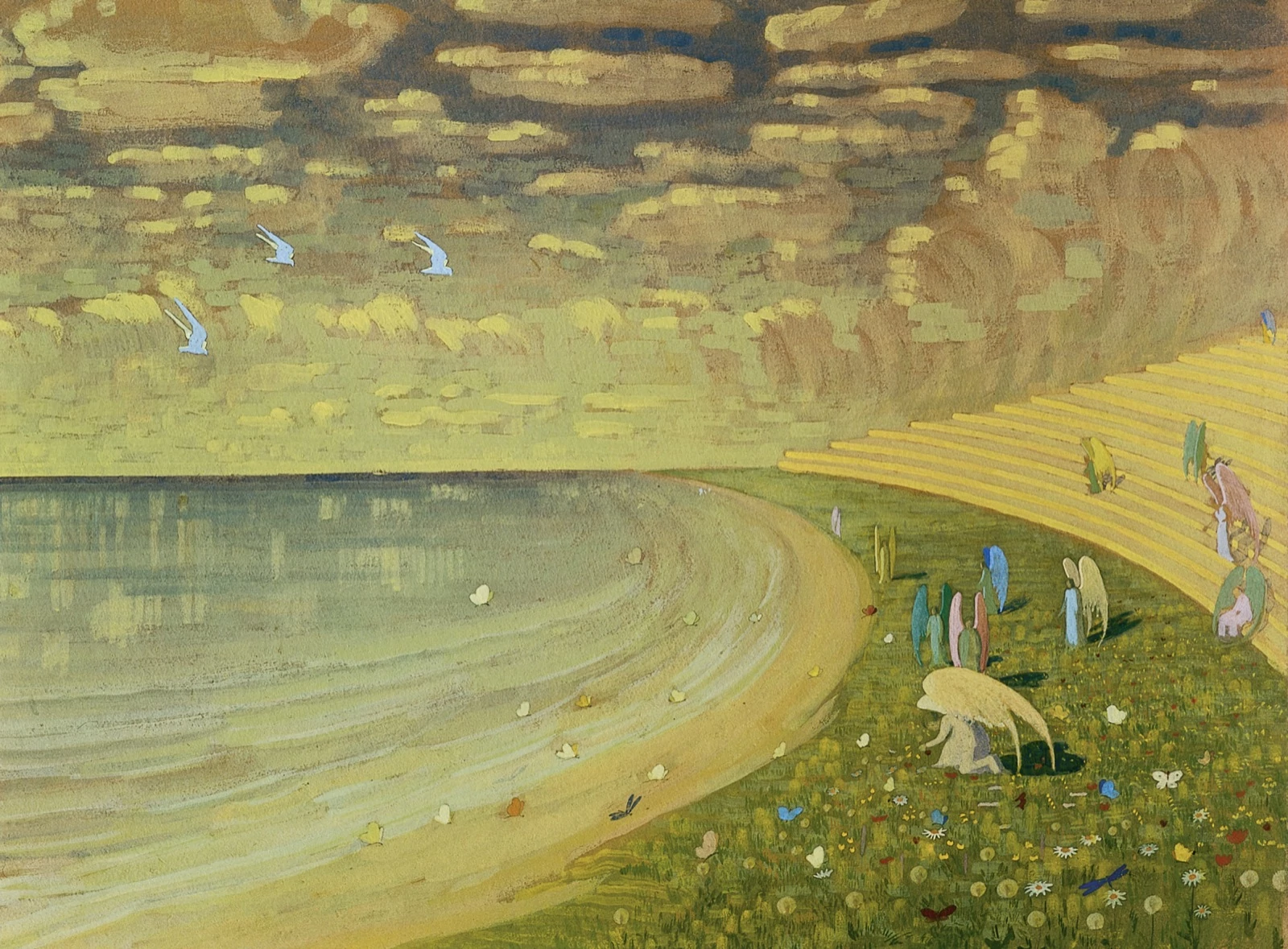Before oil paint took the world by storm in the 15th century, tempera was the most popular painting medium in the Western world. Tempera is created by mixing pigments with a glutenous, water-soluble binder, often egg yolk—the reason tempera is still often referred to as egg tempera, and its a very old technique. Though it’s exact origins are unknown, tempera was likely invented independently by many cultures at different times all over the world. It’s been found on Egyptian sarcophagus paintings, coptic burial portraits, and in the 4th century Bagh Cave burial shrines in India, but tempera rose to near ubiquity in the Medieval world as the go-to medium for painting religious icons on wood panels and illuminating holy manuscripts.
Tempera dries quickly, requiring artists to apply many transparent layers or densely crosshatch with a small brush to create smooth gradients of color. In the 1500s oil paint was developed in the Netherlands, and with its longer drying time allowing easier color blending and richer pigments, it rapidly replaced tempera throughout Europe. But you can't keep a good medium down, and over the centuries artists like William Blake, the Pre Raphaelites, the surrealist Remedios Varo, and the visionary Hilma af Klint have turned to tempera’s smooth matte finish and reserved hues to invoke Byzantine formality or the solemnity of old saints and forgotten rituals.
